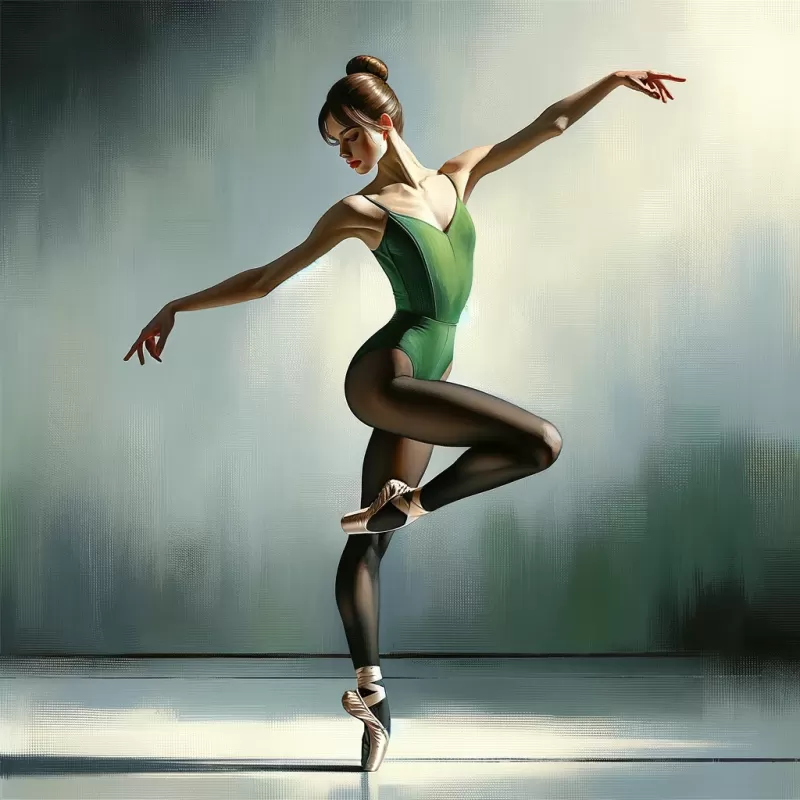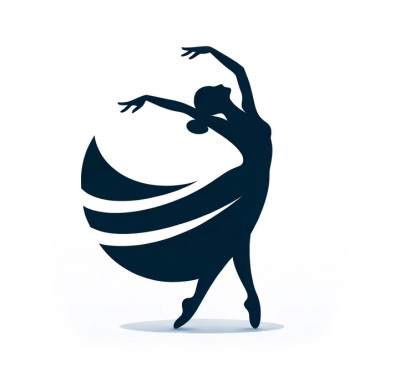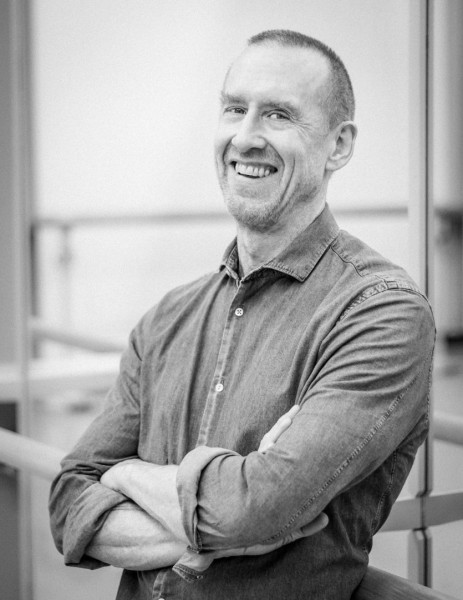In the Middle, Somewhat Elevated: Revolutionizing Contemporary Ballet
Published on February 11th 2024, 1:28PM
In the vibrant tapestry of ballet, few works have sparked as much innovation and dialogue as William Forsythe's "In the Middle, Somewhat Elevated." Premiering in 1987 at the Paris Opera Ballet, this piece stands as a pivotal moment in the evolution of contemporary ballet. Forsythe, an American choreographer known for pushing the boundaries of classical ballet, crafted a work that not only challenged dancers' physical limits but also redefined audience expectations of ballet. This post explores the significance of "In the Middle, Somewhat Elevated," its groundbreaking approach to dance, and its enduring impact on the ballet world.
The Genesis of a Masterpiece
Commissioned by Rudolf Nureyev for the Paris Opera Ballet, "In the Middle, Somewhat Elevated" was Forsythe's bold response to the traditional ballet environment. Set against the backdrop of the opulent Palais Garnier, Forsythe introduced a piece that contrasted sharply with its surroundings. The title itself, referring to two golden cherries hanging somewhat elevated on the set, symbolizes the work's departure from classical norms.
Breaking the Mold
Forsythe's choreography in "In the Middle, Somewhat Elevated" is characterized by its athletic rigor, complex coordination, and the exploration of space. Dancers move with a blend of classical technique and modern physicality, executing off-balance turns, intricate footwork, and high extensions. The choreography demands precision and strength, showcasing a new form of ballet that is as physically demanding as it is aesthetically striking.
The Sound of Innovation
Thom Willems' electronic score complements Forsythe's choreography with its pulsating, industrial soundscape. Eschewing traditional ballet music, the score propels the dancers through the piece, emphasizing the work's contemporary edge. The collaboration between Forsythe and Willems has been instrumental in defining the auditory landscape of modern ballet.
A Legacy of Influence
"In the Middle, Somewhat Elevated" has left an indelible mark on the ballet world. Its premiere was a watershed moment, signaling a shift towards a more athletic, abstract, and dynamic form of ballet. Forsythe's work paved the way for future generations of choreographers to experiment with form and narrative, expanding the possibilities of what ballet could be.
The piece is now considered a staple in the repertoire of many ballet companies worldwide, continually challenging and inspiring dancers. It serves as a testament to the art form's evolution, embracing innovation while maintaining the technical rigor of classical ballet.
What It Means for Ballet
For those new to ballet, "In the Middle, Somewhat Elevated" exemplifies the transformative power of contemporary ballet. It invites audiences to experience ballet as a living, breathing art form that evolves and responds to the times. The piece stands as a reminder that ballet is not confined to the narratives and aesthetics of the past but is a dynamic expression of contemporary creativity and physicality.
Conclusion
"In the Middle, Somewhat Elevated" is more than just a ballet; it is a statement about the potential of dance to innovate, challenge, and inspire. William Forsythe's masterpiece continues to resonate with audiences and dancers alike, serving as a beacon for the creative possibilities within the world of ballet. As we explore contemporary ballet, works like "In the Middle, Somewhat Elevated" remind us of the art form's capacity for constant reinvention and profound impact.



Comments (0)